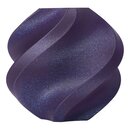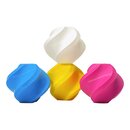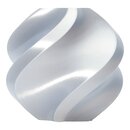Description
Bamboo ASA demonstrates remarkable durability, with exceptional resistance to UV radiation, weathering, mechanical stress, and thermal fluctuations. This makes it highly effective in protecting against breakage and color degradation. Its unique combination of properties makes Bamboo ASA an ideal choice for crafting outdoor models such as plant signs, mailboxes, wind vanes, and structural components that must endure prolonged exposure to challenging outdoor conditions.
Printing Tips
- Pungent and unpleasant odors may be released during printing. Make sure your printer is placed in a well-ventilated area.
- Drying conditions: 80℃ for 8 hrs. Store in a dry environment after use. Dry before use if the material absorbs moisture. For more details please refer to: Filament drying instructions on Bambu Lab Wiki.
- ASA is prone to warping when printing large size and/or high infill density models. To avoid warping:
- It is not recommended to print models with too large a size and/or high infill density.
- Use enclosure printers and ensure the build plate is properly glued before printing.
- Set lower printing speed and higher heatbed temperature. For more details please refer to: Common print quality problems and solutions on Bambu Lab Wiki.
- Feel free to reuse your Bambu Reusable Spool. Bambu Lab has designed the entire filament feeding system around a reusable spool concept, reducing plastic waste in filament consumption by at least 20%.
- All printing parameters are embedded in RFID, accessible through Bambu Lab AMS (Automatic Material System). Load and print! No more tedious setup steps.
Model Overview
| Color | Hex Code | Display |
|---|---|---|
| White | #FFFAF2 | |
| Gray | #8A949E | |
| Red | #E02928 | |
| Green | #00A6A0 | |
| Blue | #2140B4 | |
| Black | #000000 |
| Recommended Printing Settings | |
|---|---|
| Drying Settings (Blast Drying Oven) | 80 ℃, 8 h |
| Printing and Keeping, Container's Humidity | <20% RH (Sealed, with Desiccant) |
| Nozzle Temperature | 240 - 270 ℃ |
| Bed Temperature (with Glue) | 80 - 100 ℃ |
| Printing Speed | < 250 mm/s |
| Physical Properties | |
| Density | 1.05 g/cm³ |
| Vicat Softening Temperature | 106 ℃ |
| Heat Deflection Temperature | 100 ℃ |
| Melting Temperature | 210 ℃ |
| Melt Index | 7.0 ± 0.8 g/10 min |
| Mechanical Properties | |
| Tensile Strength | 37 ± 3 MPa |
| Breaking Elongation Rate | 9.2 ± 1.4 % |
| Bending Modulus | 1920 ± 130 MPa |
| Bending Strength | 65 ± 5 MPa |
| Impact Strength | 41.1 ± 2.3 kJ/m² |
Package Contents
- Filament x 1 & Desiccant x 1
- Package x 1
- Filament Label x 1
Features
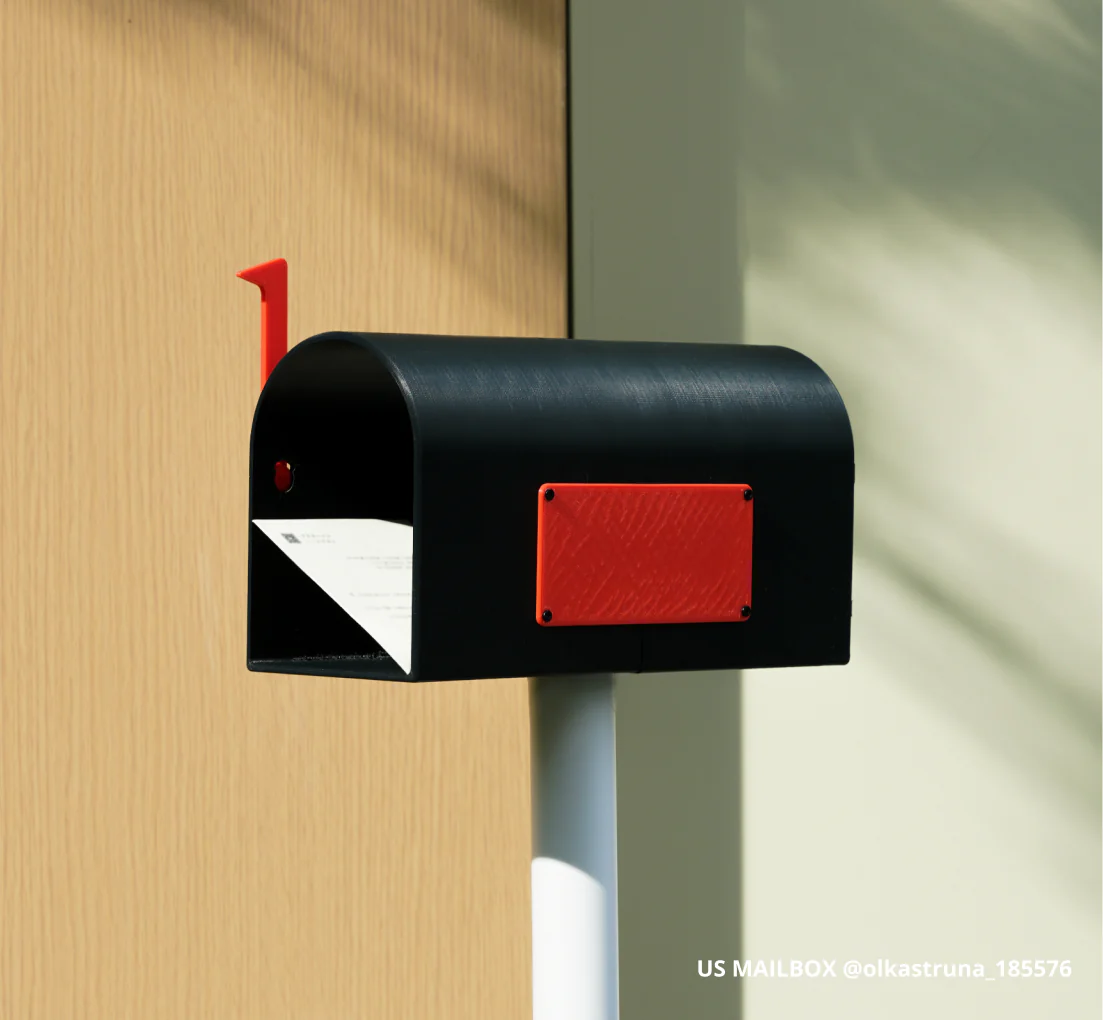
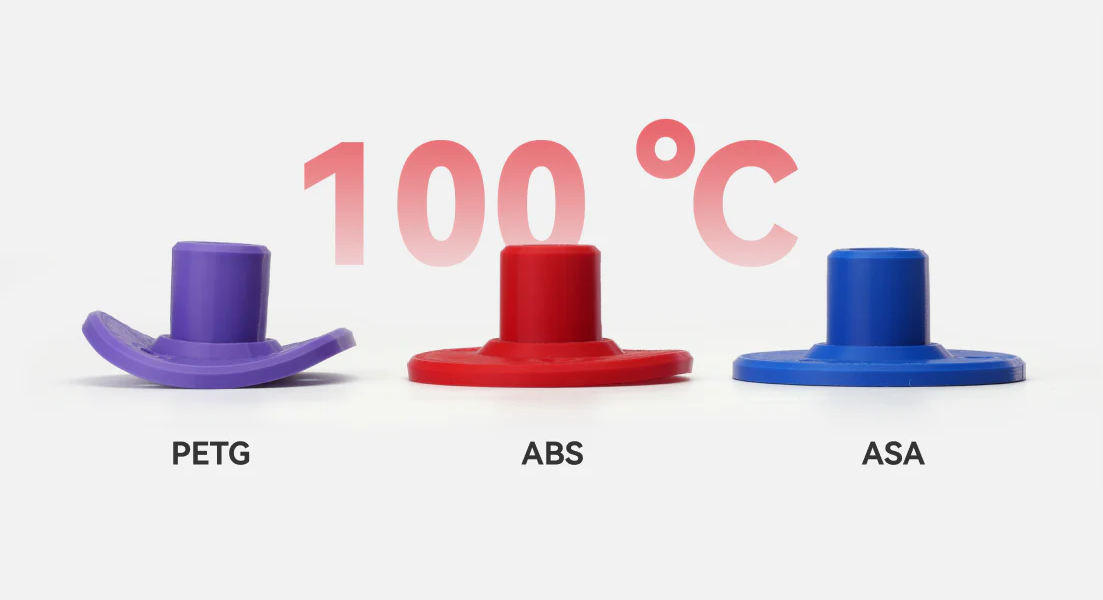
FAQs
Q:
What's the difference between ABS and ASA?
A:
ASA (acrylonitrile - styrene - acrylate) is a modified version of ABS that contains an additional acrylate component, which improves its weather adaptability and UV resistance.
ASA retains the impact resistance and processability of ABS (acrylonitrile - butadiene - styrene) while providing better resistance to fading, yellowing, and degradation from sunlight exposure. Both of them may release pungent and unpleasant odors during printing, but the pungent odor of ASA is notably lighter than ABS.
Q:
What is the difference applications between ABS and ASA?
A:
ASA is ideal for outdoor applications, such as automotive exterior parts, signage, and outdoor equipment, thanks to its enhanced weather resistance and color stability. ABS is a versatile material with excellent mechanical properties that is commonly used for indoor applications.
Q:
What are the similarities between ABS and ASA?
A:
In terms of physical and mechanical properties, both exhibit good impact resistance and high tensile strength, with almost the same levels of strength, toughness, and stiffness. Both ABS and ASA may release pungent and unpleasant odors during printing and the same warping tendency and enclosed printer requirement when printing large-size and/or high infill density models.
| Shipping weight: | 1.40 Kg |


